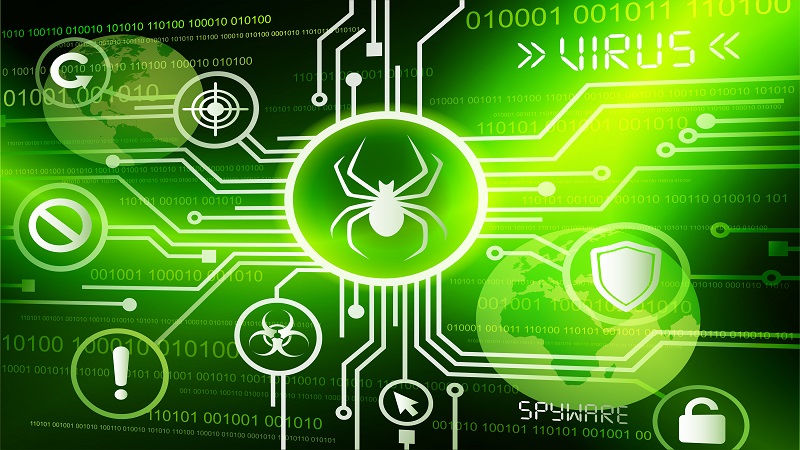Combatting Digital Threats: The Tale of Viruses

In the digital era we live in, cybersecurity has become a major concern. One of the most well-known and harmful aspects of cybersecurity is represented by computer viruses. I will provide a comprehensive overview of computer viruses, how they work, and their impact on the information technology sector.
Definition of a Computer Virus
A computer virus is a malicious software program that has the ability to replicate and spread within a computer system without the user’s consent or knowledge. Similar to a biological virus, computer viruses can multiply and infect other files or devices, causing negative effects on the system’s functionality. Computer viruses can be created for various purposes, such as stealing information, destroying or blocking the system, or spreading other types of malware.
Functioning of a Computer Virus
Computer viruses spread in various ways. They can be attached to infected files that are downloaded from the internet or transmitted through emails or external storage devices. When a computer virus infects a system, it can cause a range of issues, such as system slowdown, freezing, or deletion of files, collecting personal information, or distributing spam. Some computer viruses can remain hidden in the system for extended periods and act subtly without the user noticing their presence.
Impact of Computer Viruses in the IT Field
Computer viruses have a significant impact on the field of IT. They can lead to financial losses, damage a company’s reputation, expose personal data and sensitive information, and disrupt daily activities. Additionally, combating and preventing computer viruses requires substantial resources, including security efforts, continuous development and updating of protective software, and educating users about cybersecurity practices.
Prevention and Combating Measures Against Computer Viruses
To protect systems and data against computer viruses, there are several preventive and combating measures that individuals and organizations can adopt. These include installing and regularly updating security software, using strong passwords and two-factor authentication, avoiding downloading software or files from untrusted sources, and educating users about security practices, such as avoiding clicking on suspicious links or attachments.
Computer viruses pose a real and serious threat in the information technology field. They can cause significant harm to individual users and organizations. Awareness, education, and implementation of effective cybersecurity measures are essential to protect data and systems against these threats. By taking preventive actions and implementing appropriate security policies, we can minimize risks and effectively safeguard the technological infrastructure in an increasingly connected and technology-dependent world.